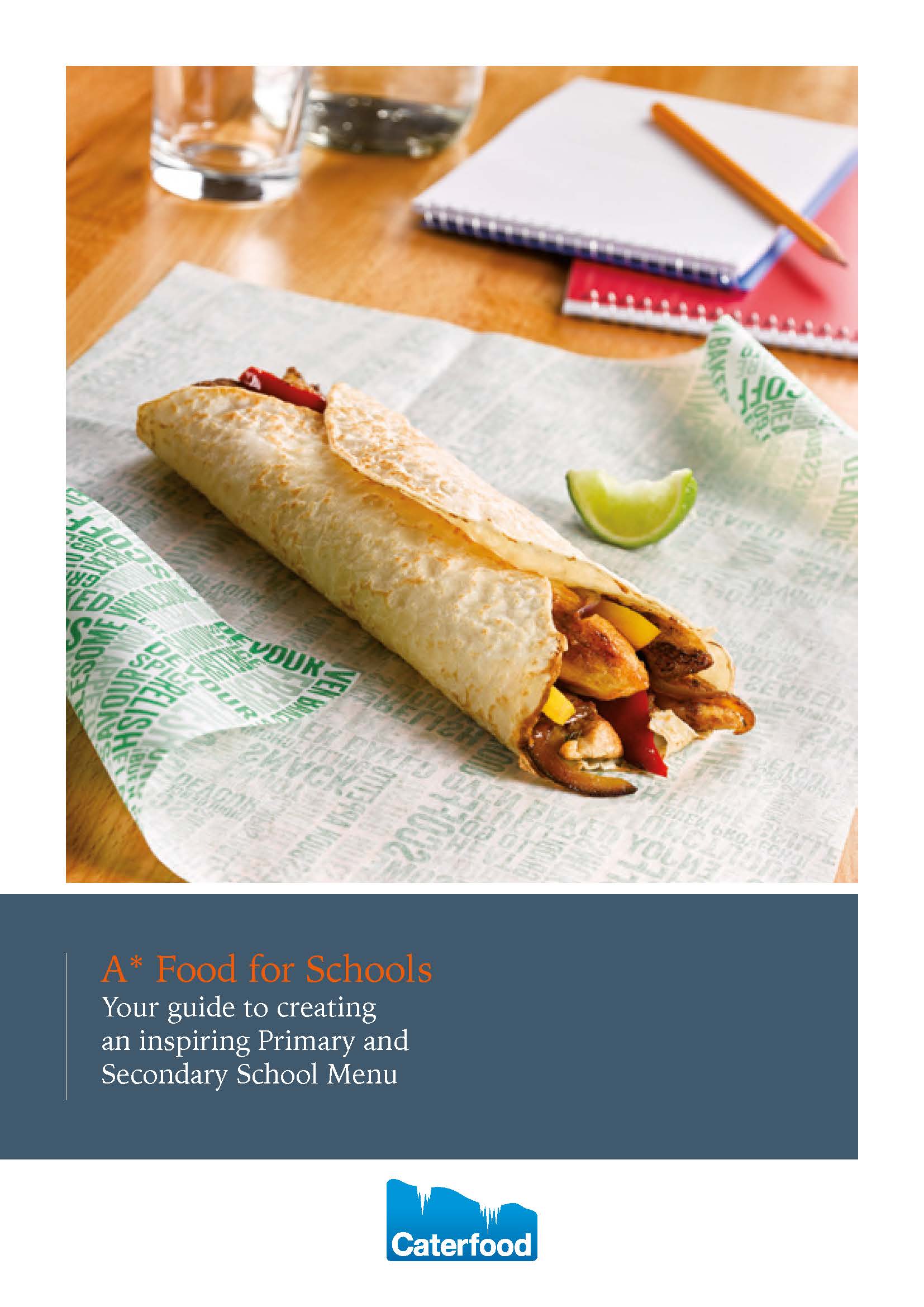CATERING FOR
EDUCATION
Serving up tasty nutritious food within tight budgets, keeping pupils and parents happy, encouraging healthier diets and dealing with lunchtime queues can be a real battle, but there are some ideas that could help…
Prioritising nutrition while managing costs Kitchen efficiency, careful menu planning and portion control can help your food offer be more commercially efficient, but it can still be difficult to encourage pupils to eat fruit and vegetables.
Hints and tips:• Teaming vegetables, fruit and salad with favourite foods and flavours can make them more appealing - for example; our recipe for a fish finger wrap is a popular choice that can hold 80g of salad
• Check out our portion guidelines to ensure you’re serving the right portion sizes and avoid potential waste.
Time and Space
Lunch time activities and short serving times make it more difficult to serve traditional hot meals. In recent surveys, post-primary pupils rated shorter queues as the top factor which would encourage them to eat school meals*.
Hints and tips:
Nutritious grab and go solutions can be re-created with real flair and flavour:
• Sandwiches with more exciting fillings served in a variety of different breads
• Snack pots of noodles, pasta and rice that draw inspiration from around the world
• Jazzed up jackets and salads with more up-to-date flavour combinations
• Ease queues by introducing a separate display area and pay point for grab and go or serving them at breaktime
• Or you could even add a separate modular unit away from your main serving area for some food items like snacks and sandwiches to reduce queues.
Portion and cost control
Clever menu planning and portion control can help to ensure you have a commercially efficient menu that includes the right nutrients, without unnecessary cost and wastage.
Offering pupils the right portion sizes will also help them manage their calorie intake.
Hints and tips
• Try marking out portions prior to service
• Make sure all staff are trained and fully understand the right portion sizes for different ages
• Have to hand the right serving utensils to help you avoid over-portioning; we’d suggest Spoodles which are great for measuring portion sizes.




